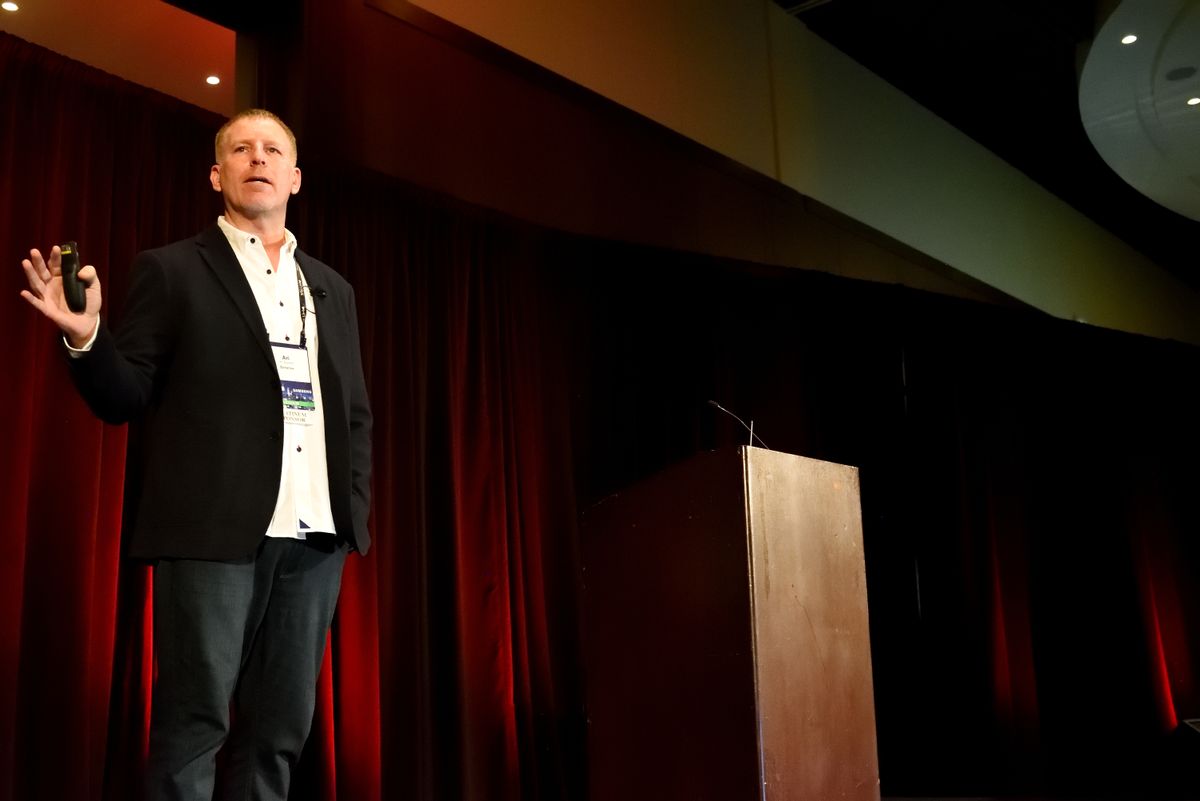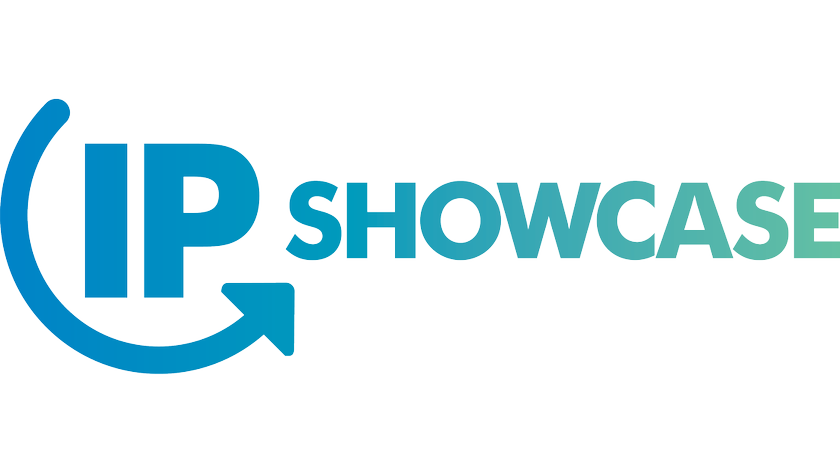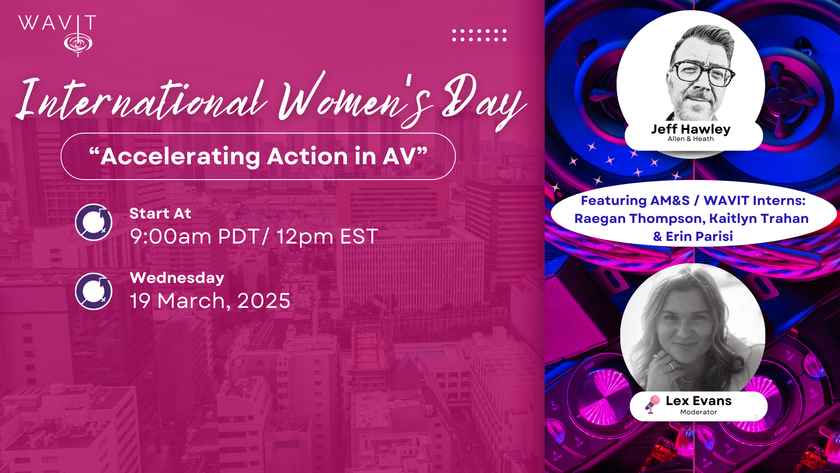Noted business author Patrick Lencioni was not a speaker at last week’s HTSA Fall Conference, held in Dallas, TX, but he was definitely there in spirit. His book, The Five Dysfunctions of a Team, was mentioned in three separate presentations—including one devoted to analyzing the tome—each designed to help create a better culture for the integration and vendor partner companies in attendance.
In a session called “Leading with Culture,” Ari Supran, CEO of Sonance revealed how the company built its much-admired culture. Supran prefaced the talk by humbly saying that he had never been a custom installer, and that he didn’t know if Sonance’s techniques would work for those in the crowd. “Our culture is intertwined with how we talk about our business,” he said, and the key to a successful culture is “getting people right and getting purpose right.”
To help Sonance do that, they employed two of Lencioni’s books: The Five Dysfunctions… for help with purpose and Ideal Team Player to get the people right. From Ideal Team Player came the three key attributes of people to hire, which are Humble, Hungry, and Smart. The ideal candidate would have each of these traits. Even if they have two of the three, it will not be enough, as Supran explained:
• Humble and Hungry, but not Smart = Accidental Mess Maker
• Humble and Smart, but not Hungry = Lovable Slacker
• Hungry and Smart, but not Humble = Skillful Politician (who are rainmakers, but can be toxic)
From there, Supran moved to Simon Sinek’s Start with Why so Sonance could understand why they do what they do, which helped them determine the “3 Pillars of Sonance”:
1. Designed to Disappear
2. Authentic Partnership
3. Heritage of Innovation
“As vendors, we are in a partnership with our dealers to unlock value from the client,” he said as part of his conclusion. “That value is not created with products, but with beliefs.”
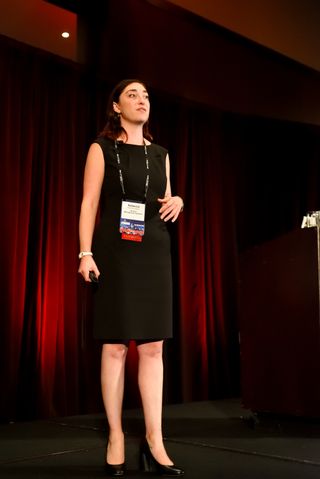
Attracting Rockstar Talent
Following Supran was a related session called “Hire to Inspire: Attracting Rockstar Talent that Lasts,” which was presented by behavioral analyst and coach Rebecca Wagner from Accord Management Systems. Wagner’s talk tackled two big issues facing integrators: finding and keeping top talent, as well as how to grow and develop employees. “Your people will never suddenly exceed your expectations,” she said, “they will react to your training.”
Wagner then listed the “4 Distinctions of Better Hiring,” which are:
1. Behavioral
2. Cognitive
3. Culture
4. Skill
Being a behavioral analyst, Wagner urged attendees to leverage a data-driven tool to find the right people for the right seats. The tools should be simple for both the candidate and employer to use, with the assessment taking no more than six minutes. “There is a perfect behavioral fit for every role,” she said. “The best way to hire top talent is to think big—think about where you want them to retire.”
Cognitive competency, she went on to explain, doesn’t necessary point to how smart the potential employee is, but how quickly someone “gets it.” For culture, she turned also toward Lencioni’s The Five Dysfunctions…, as well as Sinek’s TED Talk and one from Brené Brown on vulnerability. “Is your culture tangible? Is it obvious?” she said. “It is made of your core values. Do not post a job listing until you know what your culture is.”
As a conclusion, she implored attendees to recognize that “onboarding is giving them a chance to survive—not a paycheck. Employees pay you with their most valuable asset: their time.”

Beware the Five Dysfunctions
While the previous programming referenced The Five Dysfunctions…, Keith Esterly, HTSA’s chief learning architect, went right at it for his talk, using his session to summarize the book for the integrators and vendors present. “You don’t get to tell your team what the company’s culture is—they get to tell you,” said Esterly. “Culture is what your people say it is. You can’t tell people you are different—you have to be different.”
Before diving into the areas of dysfunction, Esterly noted the five key elements to a cohesive team: trust, healthy conflict, commitment, accountability, and focus on results. Naturally, the five dysfunctions would be the opposite of those:
1. Absence of trust
2. Fear of Conflict
3. Lack of Commitment
4. Avoidance of Accountability
5. Inattention to Results
Esterly tackled each of the dysfunctions, laying a path to show how success can be achieved when these obstacles are removed. “Start with trust,” he said. “Mine for conflict to get clarity. Gain commitment, then hold people accountable. Then it is all about attention and focus on results.”
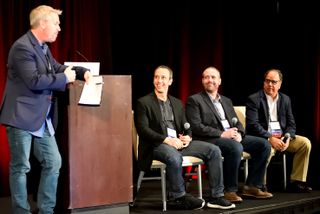
Tech Talk
Of course, even with these business-focused sessions, there was plenty of technology talk at the conference. Continuing the HTSA’s focus on wellness, the association presented a panel on “Leveraging the Message to Trade Partners.” Hosted by Esterly, the panel featured Anthony Antolino from Delos, Brian Perreault of Barrett’s Technology Solutions (who is also an HTSA Board member), and Tom Doherty, HTSA’s director of new technology initiatives.
Prodded by Esterly, the trio discussed how HTSA members who have completed the Wellness Training program have been using the technology as an inroad for meetings with architects and designers. “Architects and designers are always looking to learn and understand new technologies,” said Doherty. “To be able to reach out to the architect who doesn’t want to take a meeting and then articulate your knowledge of wellness and the partnership with Delos—the training has been very effective.”
When asked what is working when speaking with trade partners, Antolino offered two tips: “Number one is don’t overcomplicate how important improving the indoor environment is. It is that simple. It is easy to over-complicate and get really heavy, but start with the basics; it is really compelling.
“Number two is to remember that we are not doing something new. Wellness is new, but the products are not new and not ours—we are vetting third-party products to make sure they meet our wellness thresholds. The heavy lifting is the programming for personalization.”
The technology track also covered the recent “Tommapalooza Learning Festival” that was held in Denver, CO just prior to CEDIA Expo. Named for Doherty, the event’s brainchild, he said that they had targeted 30 attendees, but wound up with more than three times that — 94 members registered. There they offered the group’s Lighting Master Class in Levels I, II, and Lighting Design and Fixture Sales Category. Delos was also there as part of the HTSA Wellness Training Program, where 15 more members were trained, bringing the total count to 40 members with Wellness Training.
Finally, HTSA gave a sneak peek at its new technology planner, which will provide members with an online portal, branded with the member’s logo, where they can work through the proposal process with the client and walk away with enough information to take the next steps. If the member chooses to have the client use the planner on his/her own, it generates an email for the integrator that shows all of the client’s choices for follow up.
The technology planner is about to be released to the initial ten Beta testers, and the HTSA hopes to have it available for all members by the end of the year.
